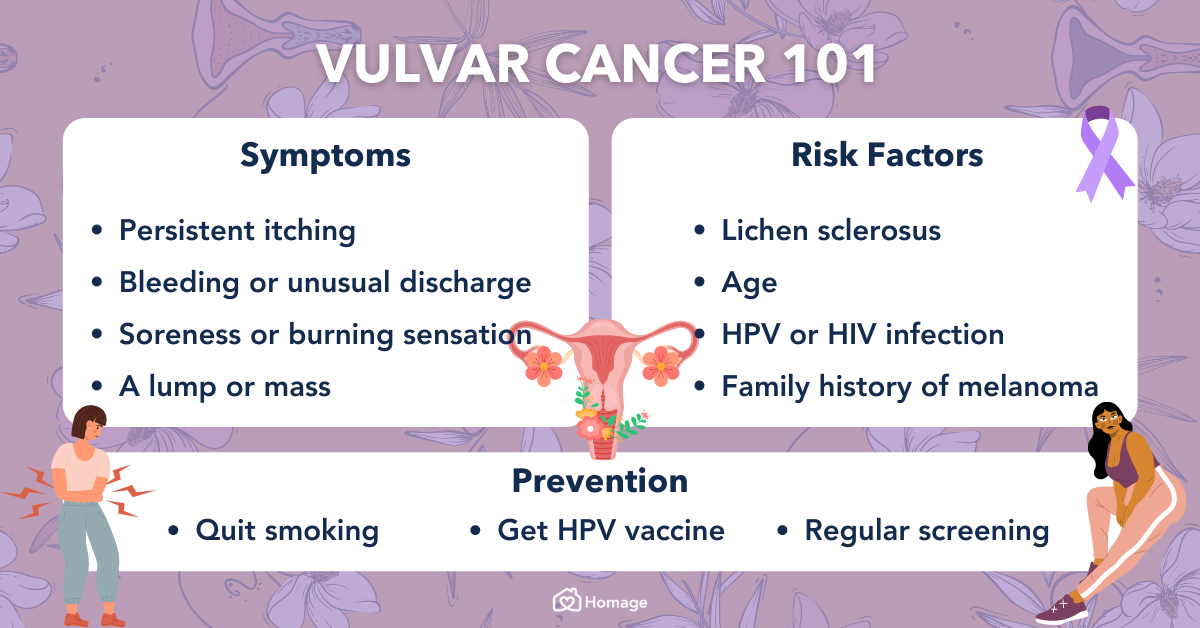List of Pertinent Information about ‘Galactorrhea-Amenorrhea Syndrome’:
1. The most common cause of galactorrhea is a benign tumor on the pituitary gland, leading to excess prolactin production.
2. Other causes of galactorrhea include medication use, breast stimulation, thyroid disorders, chronic kidney disease, herbal supplement use, opioid use, and spinal cord injury.
3. Symptoms of galactorrhea include leaking a light white discharge from the nipples, amenorrhea, vaginal dryness, headache, reduced sex drive, new hair growth on the chest or chin, acne, and erectile dysfunction.
4. Galactorrhea is usually not life-threatening and can be treated effectively.
5. Galactorrhea does not directly cause weight gain, but increased prolactin and thyroid disorders are associated with weight gain.
6. The milk produced in galactorrhea is considered milk as it is produced by prolactin.
7. Galactorrhea in newborn babies is rare and usually resolves on its own.
8. Men or people assigned male at birth can also experience galactorrhea, often in association with gynecomastia or low testosterone.
9. ‘Galactorrhea-Amenorrhea Syndrome’ is associated with the combination of secondary amenorrhea and galactorrhea.
10. There are two syndromes related to ‘Galactorrhea-Amenorrhea Syndrome’: Forbes-Albright syndrome and Chiari-Frommel syndrome.
11. Forbes-Albright syndrome involves a pituitary tumor, with or without prior pregnancy, while Chiari-Frommel syndrome occurs after pregnancy without a pituitary tumor.
12. Small pituitary adenomas can be difficult to identify clinically, and progression to a neoplastic syndrome has been observed.
13. A case study mentioned a mother and daughter with amenorrhea-galactorrhea associated with a pituitary adenoma.
14. The mother developed symptoms after pregnancy, while the daughter experienced amenorrhea following emotional trauma.
15. Both individuals had an enlarged sella turcica, and the presence of a tumor was confirmed through craniotomy.
16. The tumors resembled chromophobe adenomas but had fine eosinophilic granulation.
17. The nature of the reported case is uncertain as amenorrhea-galactorrhea syndrome has been described as part of a multiple endocrine adenomatosis syndrome.
Continue Reading









